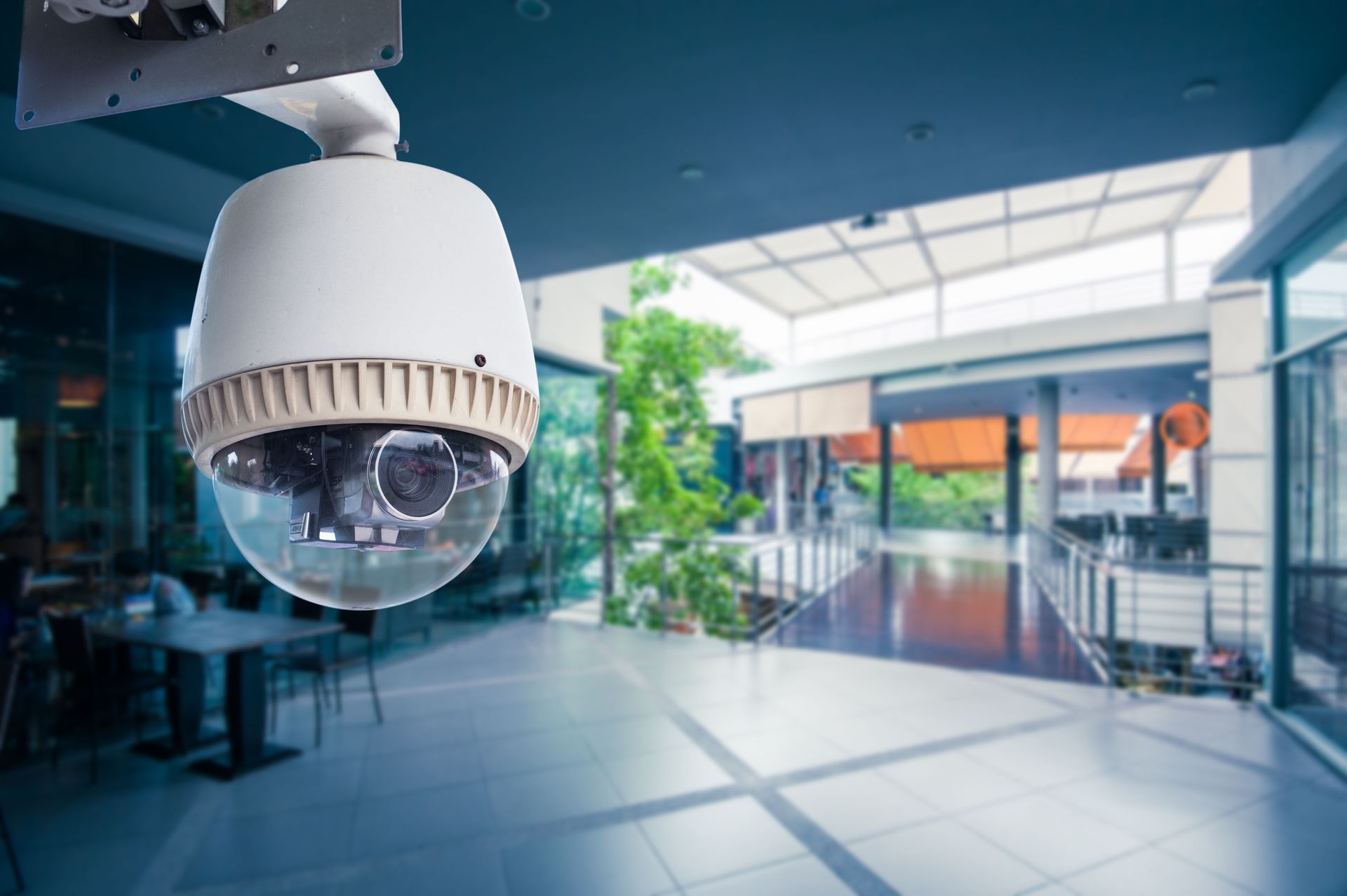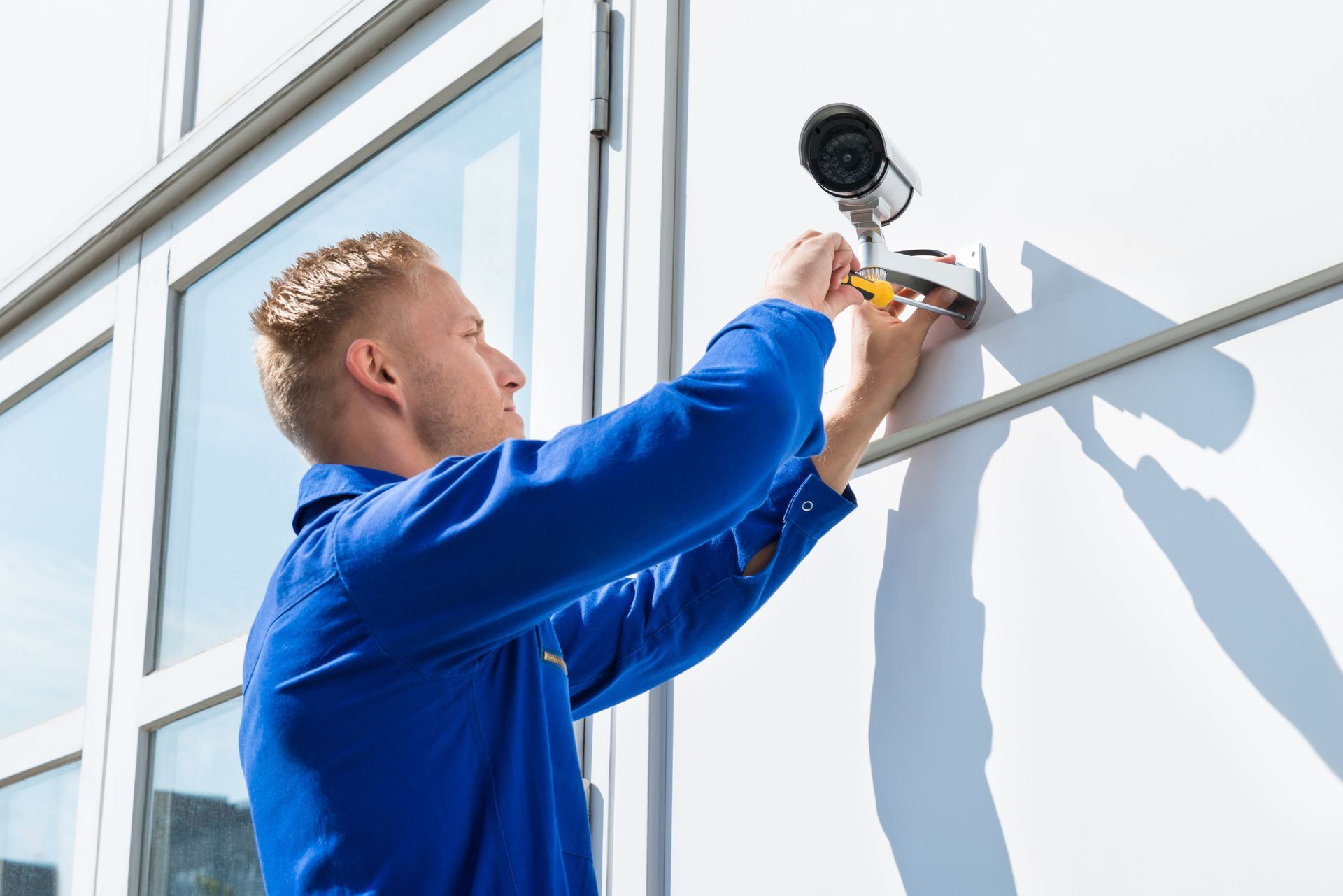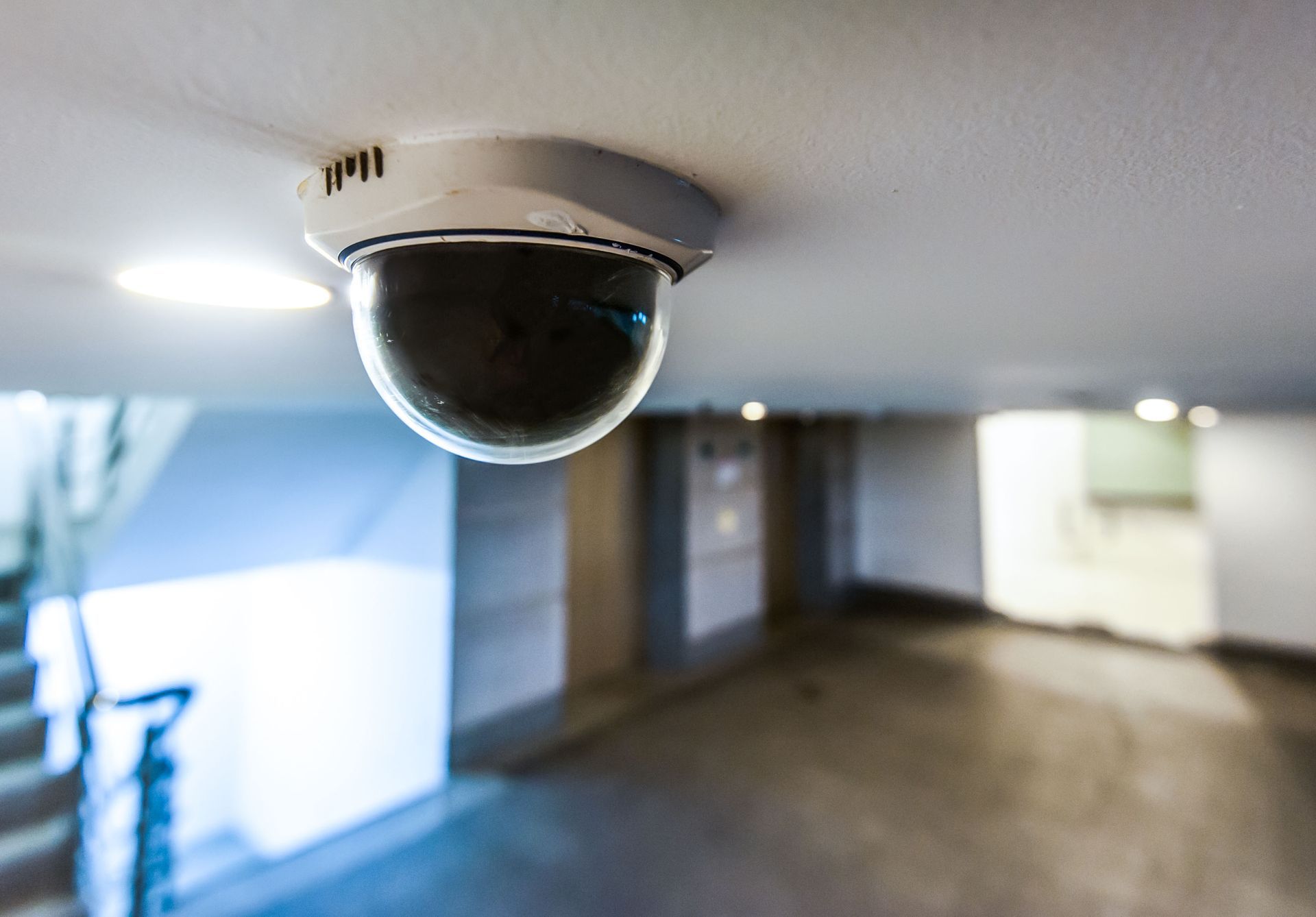September 29, 2025
With the rise of criminal activities, particularly burglaries, the role of surveillance systems has gained significant prominence in modern society. The incorporation of technology into security measures has revolutionized how we prevent crimes, offering a proactive approach to safeguarding properties. These systems are not just about capturing evidence post-incident but are pivotal in deterring crimes before they are committed. Their visibility and sophisticated functioning serve as potential deterrents, making criminals think twice before acting. The significance of these systems is largely seen in urban settings where they integrate with community safety efforts to enhance overall security.
Addressing the issue of burglary, where according to Forbes, there are 3,062 burglaries every day in the U.S., indicates the urgency to invest in effective deterrence methods. A surveillance system is a cornerstone in preventing these increasingly common occurrences, potentially saving property owners from significant financial and personal losses. By examining the evolution, components, and impacts of these systems, we aim to elucidate how they serve as an essential tool against burglaries. Furthermore, understanding the psychological implications of surveillance on criminal behavior provides insights into its effectiveness as a deterrent.
Understanding Surveillance Systems
The history of surveillance systems dates back to the early 20th century when basic cameras were employed for security purposes. Edwardian-era England saw early implementations, mainly used by the police force to monitor criminal activities. As technology progressed, so did these systems, evolving into more sophisticated forms used widely by both private and public entities. The 1960s marked a significant advancement with the introduction of closed-circuit television (CCTV), revolutionizing how security surveillance was perceived and used globally. Today, surveillance systems have advanced exponentially, incorporating digital technology, internet capabilities, and artificial intelligence for greater effectiveness.
Initially, surveillance was concentrated mainly within commercial and industrial areas where high-stakes security was a requirement. Over the decades, as crimes such as burglaries became more prevalent in residential areas, the shift towards personal surveillance grew. The transition was fueled by increasing affordability and technological advancements that made these systems accessible to a broader audience. Residential areas began adopting surveillance for added security, significantly influencing crime deterrence strategies. This broader adoption has been instrumental in developing community-based security protocols that leverage shared information for comprehensive safety enhancement.
Types of Surveillance Systems
Surveillance systems come in various forms, each tailored to meet specific security needs. CCTV systems remain the most traditional and widely used form, especially in public spaces such as streets, malls, and office buildings. These systems are designed to provide continuous monitoring and are often combined with recording capabilities to review incidents when necessary. Additionally, technological innovations have heralded the arrival of smart home cameras, focusing primarily on residential security. These systems provide user-friendly interfaces with remote access, allowing homeowners to monitor their properties from anywhere.
The development of public monitoring systems has been another significant advancement in surveillance technology. These systems often involve broad networks of cameras employed by city authorities to enhance public safety. Designed to address crimes in public spaces, such systems are essential in urban planning, facilitating better resource allocation by law enforcement. With these systems, authorities can prevent incidents by analyzing crowd movements and detecting unusual activities. Such comprehensive monitoring has also helped in gathering critical data that aids in both solving crimes and creating preventive measures.
Key Components of Effective Systems
For surveillance systems to effectively deter crimes such as burglaries, they need to incorporate several key components. Visibility is one such essential element, as visible cameras signal potential burglars that the property is monitored. This visibility plays a crucial role in deterring criminal behavior by increasing the perceived risk of being caught. Furthermore, the system's ability to capture high-quality footage, especially in low-light conditions, enhances its effectiveness. High-definition cameras with night vision capabilities are therefore crucial in ensuring that the surveillance is comprehensive and reliable, providing clear details even in challenging circumstances.
Technological Advancements
Technological advancements have significantly improved the capabilities of surveillance systems, making them more effective in deterring potential burglars. These innovations include the integration of artificial intelligence (AI), which has brought about smarter and more responsive surveillance solutions. AI-powered systems can recognize patterns, learn from data, and provide predictive analytics that enhance crime prevention strategies. For instance, AI algorithms can differentiate between normal and suspicious behavior, offering alerts only when genuinely necessary. This reduces false alarms and increases the efficiency of security responses, directly impacting burglary prevention efforts positively.
Improved camera technologies have also played a significant role in enhancing surveillance systems. Modern cameras now offer features such as facial recognition, augmented reality overlays, and advanced night vision, making them highly effective both day and night. With these capabilities, identifying potential suspects is faster and more accurate, streamlining law enforcement processes. Additionally, the enhancement in camera resolutions allows for detailed footage that captures even the smallest identifying details of suspects. These features make modern surveillance systems formidable in both deterring crime and assisting in post-incident investigations.
Integration with Other Security Measures
Surveillance systems today are most effective when they are integrated with other security measures, creating comprehensive security networks that deter criminals effectively. The combination of surveillance with alarm systems creates an immediate response mechanism to any unauthorized entry, alerting residents and authorities at once. This synergy means that even if a criminal attempts to breach the premises despite visible cameras, they are likely to be stopped shortly after entry. Motion sensors further complement this setup by detecting physical movements, even in less visible areas. By creating multi-layered defenses, such integrations ensure that all potential entry points are monitored and secured effectively.
Another essential integration is with access control systems, which regulate who can enter a particular area and when. Such systems include everything from simple lock mechanisms to sophisticated biometric readers. Surveillance can enhance these systems by ensuring that every access attempt is monitored and documented, adding an extra layer of accountability and security. By doing so, any unauthorized access can be quickly identified, and appropriate actions can be taken to prevent potential criminal activities. Improved access control also means that only the right individuals can gain entry, significantly reducing the likelihood of burglary attempts.
Psychological Impact on Potential Burglars
Visible surveillance systems, such as prominently positioned CCTV cameras, serve as powerful deterrents to potential burglars. They suggest the likelihood of being recorded, increasing the risk of identification and prosecution for criminals. The fear of being caught on camera acts as a psychological barrier, significantly lowering the appeal of attempting a break-in. For many opportunistic criminals, the presence of surveillance around a property is enough to prompt them to look elsewhere. This preventive aspect of surveillance is critical in managing crime rates proactively, as prevention is far more effective than crime resolution.
Public knowledge of surveillance systems further enhances their deterrence factor. Well-placed signage indicating surveillance in progress can increase a criminal's perceived risk of getting caught. This additional layer of deterrence is effective because it informs potential intruders that the property is well-secured. The effectiveness of this measure is supported by decreasing crime statistics in areas where surveillance systems are prominently displayed. Overall, visible surveillance creates a security bubble that influences criminal decision-making and discourages attempts well before they are conceived.
Surveillance systems have transformed crime prevention by addressing burglaries before they occur rather than after the fact. Their history, evolution, technological capabilities, and integration with other security measures demonstrate how vital they are in today’s security landscape. Beyond the technology itself, the psychological effect on burglars—making them second-guess the risks versus rewards—shows the power of visibility and deterrence. Case studies, data trends, and insights from former burglars all reinforce the same message: when properly implemented, surveillance systems work.
Don’t leave your home or business unprotected—contact Holmes Surveillance today and invest in a surveillance system that delivers peace of mind, protection, and proven deterrence.



